Irrigation Engineering
Credit To: https://agrimoon.com/
Usually dispatched in 2 to 3 days
Usually dispatched in 2 to 3 days
Category:
Irrigation & Agriculture
Purpose of Irrigation
Some of the main purposes of irrigation are enlisted below:
1. To supply essential moisture for plant growth
2. Transportation of fertilizers (Fertigation)
3. To leach or dilute salts in the soil
4. To help in field preparation, dust control, etc.
5. Other benefits of irrigation include cooling the soil and atmosphere to create a more favorable environment for crop growth and frost control.
Only logged in customers who have purchased this product may leave a review.
Related products
The Green Side of the Water Cycle: New Advances in the Study of Plant Water Dynamics
Precision irrigation is becoming a crucial management approach for environmentally and
economically sustainable fruit tree production. The vast majority of fruit crops need irrigation
supply as rainfall does not match crop water requirements (Stöckle et al., 2011; Snyder, 2017).
In most cases of fruit crops cultivated in dry areas, rainfed agriculture is not sustainable and
deficit irrigation (DI) is a reasonable strategy to improve water use efficiency. Fereres and
Soriano (2007) highlighted the benefits of regulated DI as a strategy to reduce agricultural
water use. The main purpose of regulated DI is to reduce irrigation at specific developmental
stages of the crop with no or limited effects on yield. The use of DI in different phenological
stages of fruit crops started in the 1980s by Chalmers et al. (1981, 1986).
The Green Side of the Water Cycle: New Advances in the Study of Plant Water Dynamics
Precision irrigation is becoming a crucial management approach for environmentally and
economically sustainable fruit tree production. The vast majority of fruit crops need irrigation
supply as rainfall does not match crop water requirements (Stöckle et al., 2011; Snyder, 2017).
In most cases of fruit crops cultivated in dry areas, rainfed agriculture is not sustainable and
deficit irrigation (DI) is a reasonable strategy to improve water use efficiency. Fereres and
Soriano (2007) highlighted the benefits of regulated DI as a strategy to reduce agricultural
water use. The main purpose of regulated DI is to reduce irrigation at specific developmental
stages of the crop with no or limited effects on yield. The use of DI in different phenological
stages of fruit crops started in the 1980s by Chalmers et al. (1981, 1986).
Modern Fruit Industry
The effectiveness on several fruits by the application of alternative methods against fungi is summarized in the present chapter. Several investigations have reported the efficacy of these technologies for controlling fungal infections. Currently, high post-harvest loses have been reported due to several factors such as inefficient management, lack of training for farmers, and problems with appropriate conditions for storage of fruits and vegetables. Even now, in many countries, post-harvest disease control is led by the application of chemical fungicides.
Modern Fruit Industry
The effectiveness on several fruits by the application of alternative methods against fungi is summarized in the present chapter. Several investigations have reported the efficacy of these technologies for controlling fungal infections. Currently, high post-harvest loses have been reported due to several factors such as inefficient management, lack of training for farmers, and problems with appropriate conditions for storage of fruits and vegetables. Even now, in many countries, post-harvest disease control is led by the application of chemical fungicides.
Safe Use of Wastewater in Agriculture Good Practice Examples
Abstract
Managed aquifer recharge (MAR) systems such as riverbank iltration and soil-aquifer treatment all involve the use of natural subsurface systems to improve the quality of recharged water (i.e., surface water, storm water, reclaimed water) before reuse (e.g. planned potable reuse). During MAR, water is either iniltrated via basins, subsurface injected or abstracted from wells adjacent to rivers. MAR systems represent an attractive option for augmenting and improving groundwater quality as well as for environmental management purposes. However, reuse systems designed for applications that involve human contact should include redundant barriers for pathogens that cause waterborne diseases. This case covers key aspects of a case study on virus removal at three full-scale MAR systems located in different regions of the United States (Arizona, Colorado, and California). MAR projects may be economically viable for developing countries; however, sustainable management is relevant to successfully maintain the attributes necessary for potable and non-potable water reuse.
Keywords: management, aquifer, recharge, removal, viruses
Safe Use of Wastewater in Agriculture Good Practice Examples
Abstract
Managed aquifer recharge (MAR) systems such as riverbank iltration and soil-aquifer treatment all involve the use of natural subsurface systems to improve the quality of recharged water (i.e., surface water, storm water, reclaimed water) before reuse (e.g. planned potable reuse). During MAR, water is either iniltrated via basins, subsurface injected or abstracted from wells adjacent to rivers. MAR systems represent an attractive option for augmenting and improving groundwater quality as well as for environmental management purposes. However, reuse systems designed for applications that involve human contact should include redundant barriers for pathogens that cause waterborne diseases. This case covers key aspects of a case study on virus removal at three full-scale MAR systems located in different regions of the United States (Arizona, Colorado, and California). MAR projects may be economically viable for developing countries; however, sustainable management is relevant to successfully maintain the attributes necessary for potable and non-potable water reuse.
Keywords: management, aquifer, recharge, removal, viruses
Water Productivity of Irrigated Agriculture in India Potential areas for improvement
Abstract
The objective of this paper is to estimate water productivity in irrigated agriculture in selected basins in India; and to identify the drivers of change in water productivity in these regions.
Water Productivity of Irrigated Agriculture in India Potential areas for improvement
Abstract
The objective of this paper is to estimate water productivity in irrigated agriculture in selected basins in India; and to identify the drivers of change in water productivity in these regions.
Recent Advances in Grain Crops Research
Global food security is highly dependent on grain crops, which produce edible dry seeds that serve as a good source of protein, carbohydrates, and vitamins. Being the most critical component of a human diet, it is not astonishing that over 50% of world daily caloric intake is derived directly from grains. These crops are grown in greater quantities worldwide than any other crop and have undoubtedly played a key role in shaping human civilization.
Recent Advances in Grain Crops Research
Global food security is highly dependent on grain crops, which produce edible dry seeds that serve as a good source of protein, carbohydrates, and vitamins. Being the most critical component of a human diet, it is not astonishing that over 50% of world daily caloric intake is derived directly from grains. These crops are grown in greater quantities worldwide than any other crop and have undoubtedly played a key role in shaping human civilization.
Soil Water and Agronomic Productivity
The need for an efficient use of soil water is.also enhanced by the lack of availability of freshwater
supply for supplemental irrigation. Global water use for agriculture,.as a percentage of the total water
use,was 81.4% in 1900, 72.3% in 1950, 68.2% in 1975, and 56.7% in 2000. Global water use for urban
purposes (km 3/year) was 20 in 1900, 60 in 1950, 150 in 1975, and 440 in 2000. Similarly, global water
use (km 3/year) for industrial purposes was 30 in 1900, 190 in 1950, 630 in 1975, and 1900 in 2000
Availability of water for irrigation is also constrained by the diversion to fossil fuel production
and eutrophication/pollution of water resources. One liter of bioethanol production requires 3500L
of fresh water. Thus, there is a strong and prime need for conserving, recycling, and improving soil-
water resources to meet the food demands of the growing world population.
supply for supplemental irrigation. Global water use for agriculture,.as a percentage of the total water
use,was 81.4% in 1900, 72.3% in 1950, 68.2% in 1975, and 56.7% in 2000. Global water use for urban
purposes (km 3/year) was 20 in 1900, 60 in 1950, 150 in 1975, and 440 in 2000. Similarly, global water
use (km 3/year) for industrial purposes was 30 in 1900, 190 in 1950, 630 in 1975, and 1900 in 2000
Availability of water for irrigation is also constrained by the diversion to fossil fuel production
and eutrophication/pollution of water resources. One liter of bioethanol production requires 3500L
of fresh water. Thus, there is a strong and prime need for conserving, recycling, and improving soil-
water resources to meet the food demands of the growing world population.
Soil Water and Agronomic Productivity
The need for an efficient use of soil water is.also enhanced by the lack of availability of freshwater
supply for supplemental irrigation. Global water use for agriculture,.as a percentage of the total water
use,was 81.4% in 1900, 72.3% in 1950, 68.2% in 1975, and 56.7% in 2000. Global water use for urban
purposes (km 3/year) was 20 in 1900, 60 in 1950, 150 in 1975, and 440 in 2000. Similarly, global water
use (km 3/year) for industrial purposes was 30 in 1900, 190 in 1950, 630 in 1975, and 1900 in 2000
Availability of water for irrigation is also constrained by the diversion to fossil fuel production
and eutrophication/pollution of water resources. One liter of bioethanol production requires 3500L
of fresh water. Thus, there is a strong and prime need for conserving, recycling, and improving soil-
water resources to meet the food demands of the growing world population.
supply for supplemental irrigation. Global water use for agriculture,.as a percentage of the total water
use,was 81.4% in 1900, 72.3% in 1950, 68.2% in 1975, and 56.7% in 2000. Global water use for urban
purposes (km 3/year) was 20 in 1900, 60 in 1950, 150 in 1975, and 440 in 2000. Similarly, global water
use (km 3/year) for industrial purposes was 30 in 1900, 190 in 1950, 630 in 1975, and 1900 in 2000
Availability of water for irrigation is also constrained by the diversion to fossil fuel production
and eutrophication/pollution of water resources. One liter of bioethanol production requires 3500L
of fresh water. Thus, there is a strong and prime need for conserving, recycling, and improving soil-
water resources to meet the food demands of the growing world population.
Wastewater Use in Agriculture
Introduction
With increasing global population, the gap between the supply and demand for water is widening and is reaching such alarming levels that in some parts of the world it is posing a threat to human existence. Scientists around the globe are working on new ways of conserving water. It is an opportune time, to refocus on one of the ways to recycle water—through the reuse of urban wastewater, for irrigation and other purposes. This could release clean water for use in other sectors that need fresh water and provide water to sectors that can utilize wastewater e.g., for irrigation and other ecosystem services. In general, wastewater comprises liquid wastes generated by households, industry, commercial sources, as a result of daily usage, production, and consumption activities. Municipal treatment facilities are designed to treat raw wastewater to produce a liquid effluent of suitable quality that can be disposed to the natural surface waters with minimum impact on human health or the environment. The disposal of wastewater is a major problem faced by municipalities, particularly in the case of large metropolitan areas, with limited space for land[1]based treatment and disposal. On the other hand, wastewater is also a resource that can be applied for productive uses since wastewater contains nutrients that have the potential for use in agriculture, aquaculture, and other activities. In both developed and developing countries, the most prevalent practice is the application of municipal wastewater (both treated and untreated) to land. In developed countries where environmental standards are applied, much of the wastewater is treated prior to use for irrigation of fodder, fiber, and seed crops and, to a limited extent, for the irrigation of orchards, vineyards, and other crops. Other important uses of wastewater include, recharge of groundwater, landscaping (golf courses, freeways, playgrounds, schoolyards, and parks), industry, construction, dust control, wildlife habitat improvement and aquaculture. In developing countries, though standards are set, these are not always strictly adhered to. Wastewater, in its untreated form, is widely used for agriculture and aquaculture and has been the practice for centuries in countries such as China, India and Mexico. Thus, wastewater can be considered as both a resource and a problem. Wastewater and its nutrient content can be used extensively for irrigation and other ecosystem services. Its reuse can deliver positive benefits to the farming community, society, and municipalities. However, wastewater reuse also exacts negative externality effects on humans and ecological systems, which need to be identified and assessed. Before one can endorse wastewater irrigation as a means of increasing water supply for agriculture, a thorough analysis must be undertaken from an economic perspective as well. In this regard the comprehensive costs and benefits of such wastewater reuse should be evaluated. Conventional cost benefit analysis quite often fails to quantify and monetize externalities associated with wastewater reuse. Hence, environmental valuation techniques and other related tools should be employed to guide decision-making. Moreover, the economic effects of wastewater irrigation need to be evaluated not only from the social, economic, and ecological standpoint, but also from the sustainable development perspective. Pakistan is a case which illustrates this problem. Both treated and untreated municipal wastewater in the vicinity of large cities like Faisalabad is used for vegetable production. But, how safe is this practice? How does one tradeoff between the obvious benefits of this use and the costs associated with it?
Wastewater Use in Agriculture
Introduction
With increasing global population, the gap between the supply and demand for water is widening and is reaching such alarming levels that in some parts of the world it is posing a threat to human existence. Scientists around the globe are working on new ways of conserving water. It is an opportune time, to refocus on one of the ways to recycle water—through the reuse of urban wastewater, for irrigation and other purposes. This could release clean water for use in other sectors that need fresh water and provide water to sectors that can utilize wastewater e.g., for irrigation and other ecosystem services. In general, wastewater comprises liquid wastes generated by households, industry, commercial sources, as a result of daily usage, production, and consumption activities. Municipal treatment facilities are designed to treat raw wastewater to produce a liquid effluent of suitable quality that can be disposed to the natural surface waters with minimum impact on human health or the environment. The disposal of wastewater is a major problem faced by municipalities, particularly in the case of large metropolitan areas, with limited space for land[1]based treatment and disposal. On the other hand, wastewater is also a resource that can be applied for productive uses since wastewater contains nutrients that have the potential for use in agriculture, aquaculture, and other activities. In both developed and developing countries, the most prevalent practice is the application of municipal wastewater (both treated and untreated) to land. In developed countries where environmental standards are applied, much of the wastewater is treated prior to use for irrigation of fodder, fiber, and seed crops and, to a limited extent, for the irrigation of orchards, vineyards, and other crops. Other important uses of wastewater include, recharge of groundwater, landscaping (golf courses, freeways, playgrounds, schoolyards, and parks), industry, construction, dust control, wildlife habitat improvement and aquaculture. In developing countries, though standards are set, these are not always strictly adhered to. Wastewater, in its untreated form, is widely used for agriculture and aquaculture and has been the practice for centuries in countries such as China, India and Mexico. Thus, wastewater can be considered as both a resource and a problem. Wastewater and its nutrient content can be used extensively for irrigation and other ecosystem services. Its reuse can deliver positive benefits to the farming community, society, and municipalities. However, wastewater reuse also exacts negative externality effects on humans and ecological systems, which need to be identified and assessed. Before one can endorse wastewater irrigation as a means of increasing water supply for agriculture, a thorough analysis must be undertaken from an economic perspective as well. In this regard the comprehensive costs and benefits of such wastewater reuse should be evaluated. Conventional cost benefit analysis quite often fails to quantify and monetize externalities associated with wastewater reuse. Hence, environmental valuation techniques and other related tools should be employed to guide decision-making. Moreover, the economic effects of wastewater irrigation need to be evaluated not only from the social, economic, and ecological standpoint, but also from the sustainable development perspective. Pakistan is a case which illustrates this problem. Both treated and untreated municipal wastewater in the vicinity of large cities like Faisalabad is used for vegetable production. But, how safe is this practice? How does one tradeoff between the obvious benefits of this use and the costs associated with it?


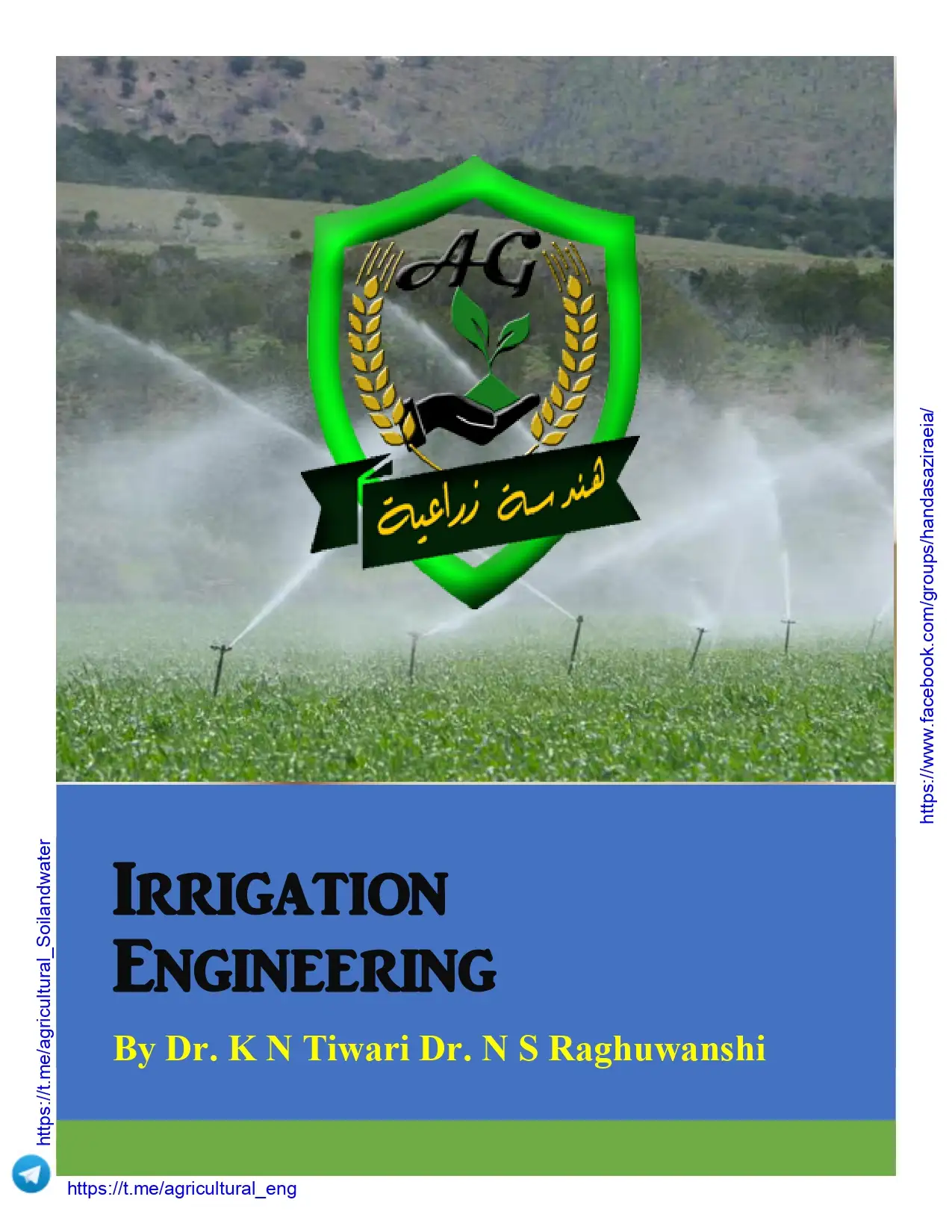

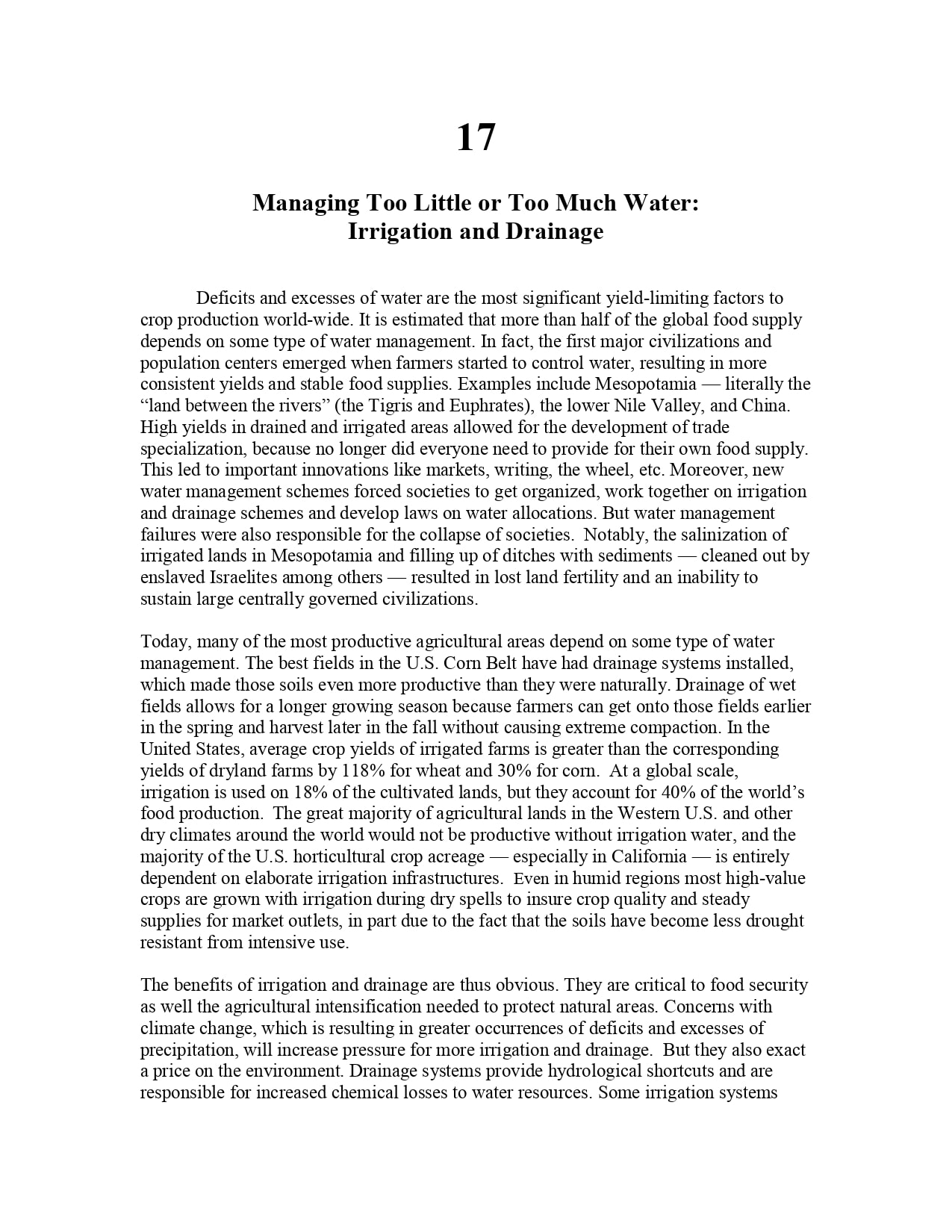

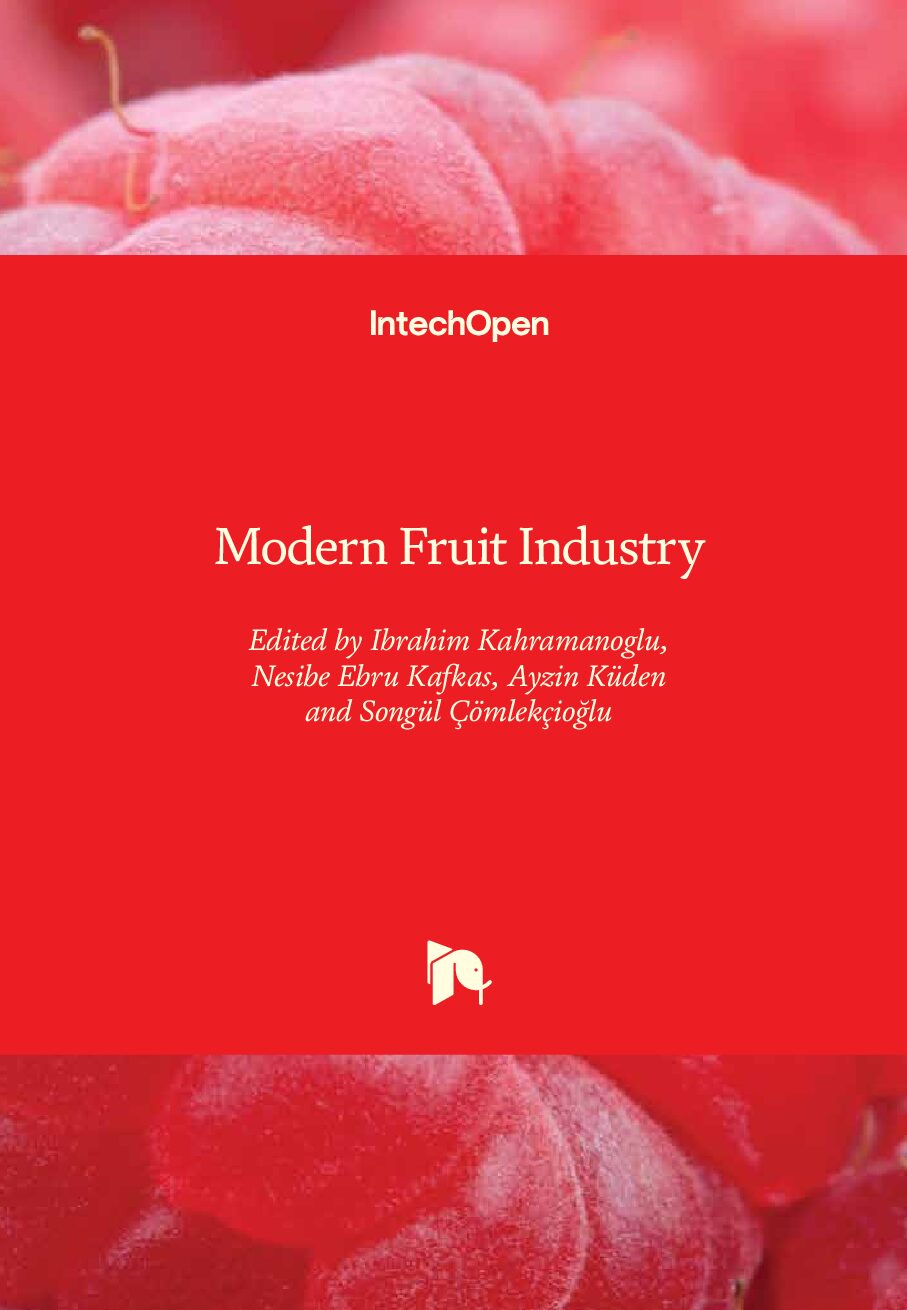
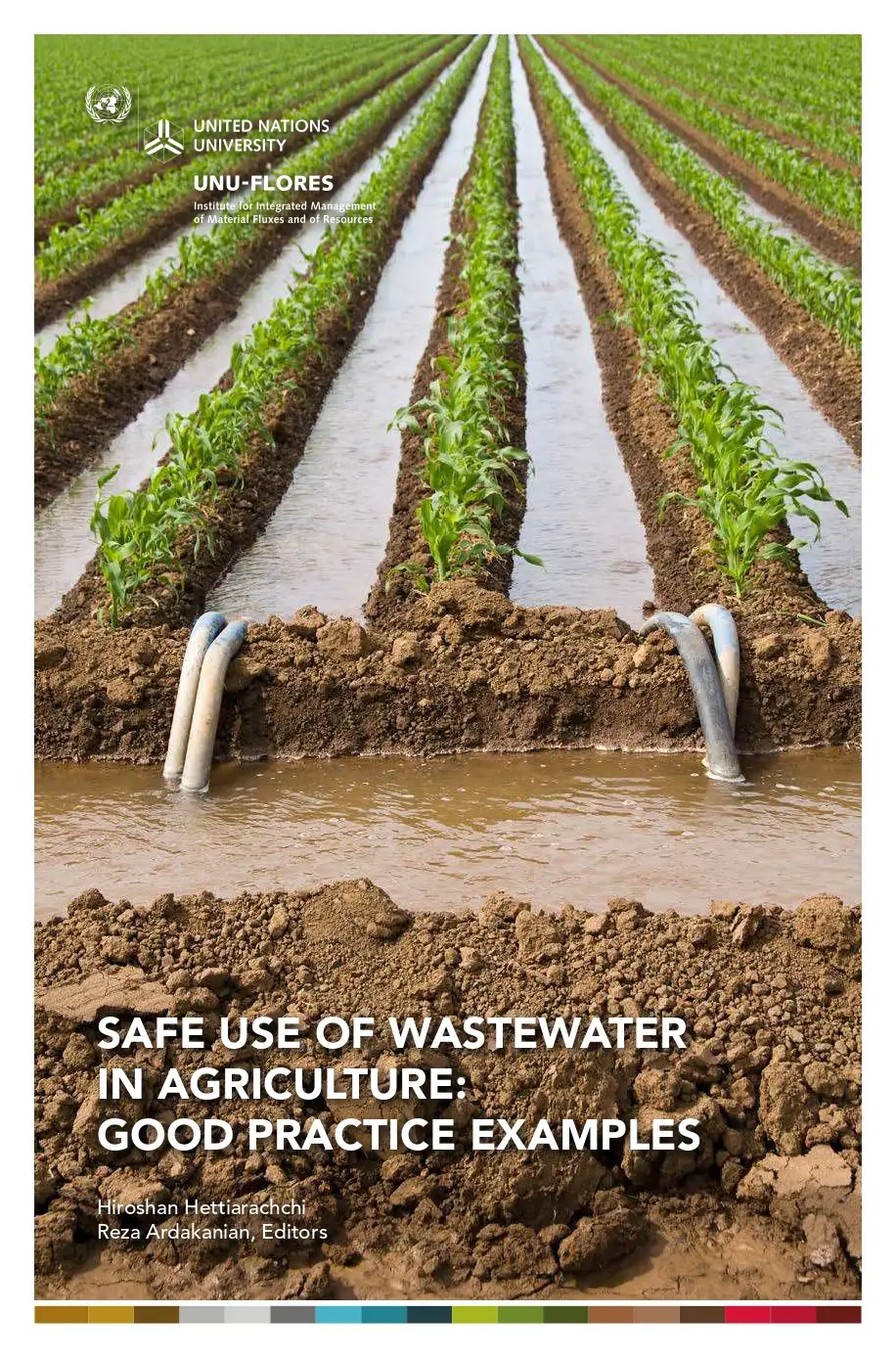


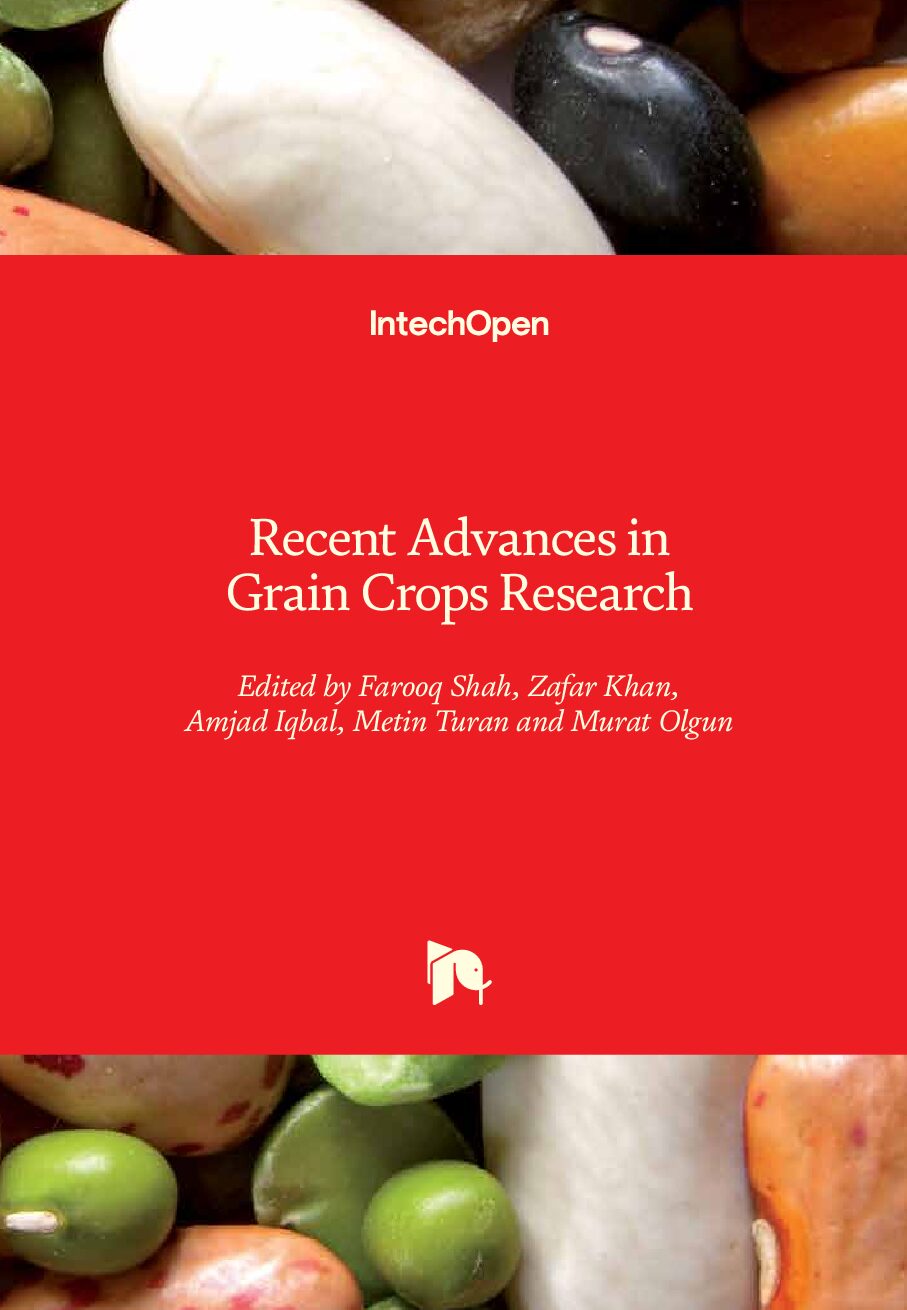
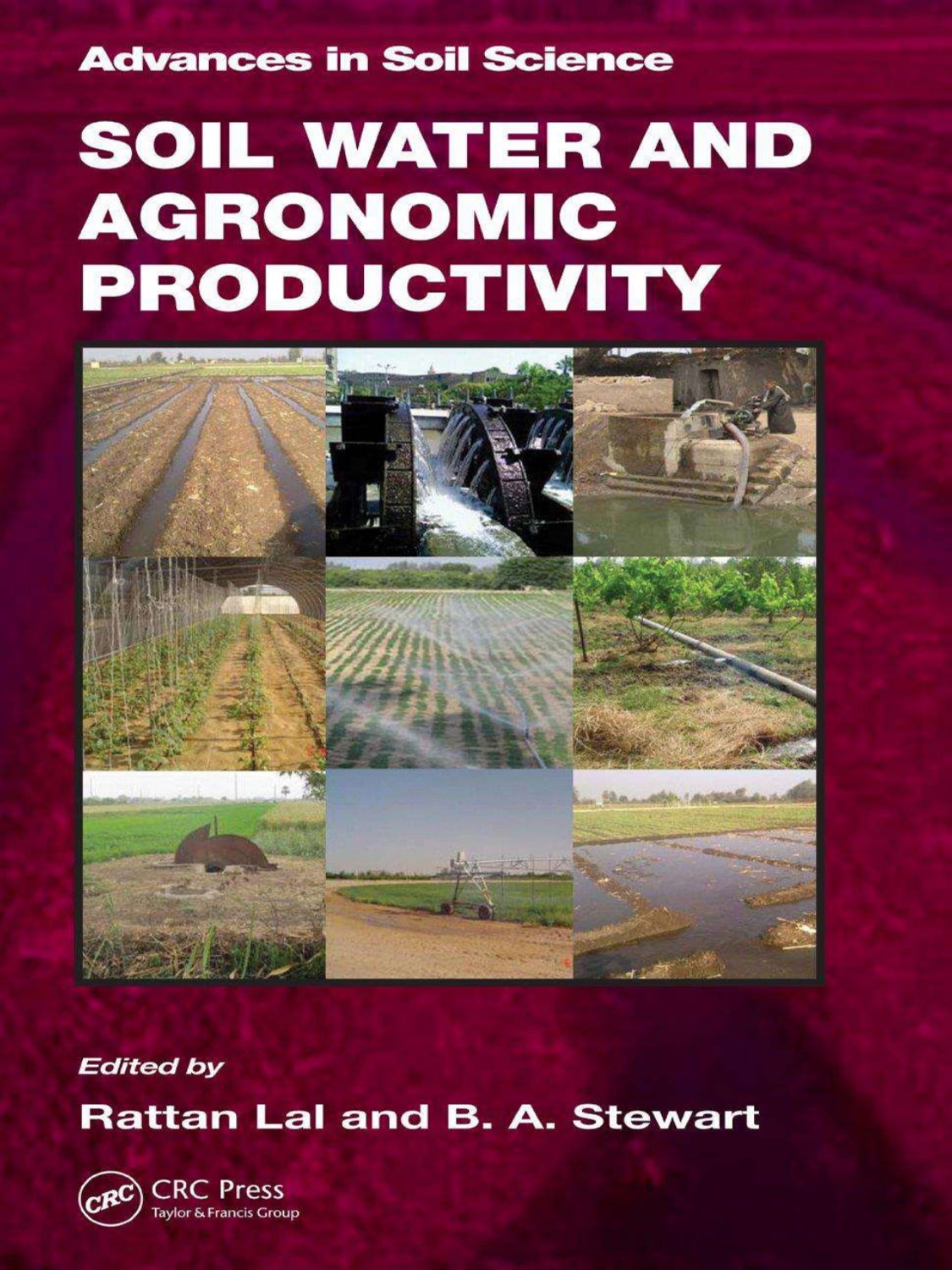



Reviews
There are no reviews yet.